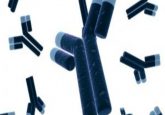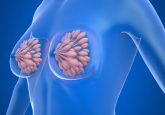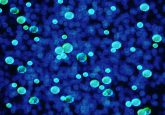How can we manage resistance to antiangiogenic drugs?
The scope of the problem: defining resistance to angiogenesis inhibitors
Angiogenesis is well recognized as an important process in tumor growth and progression. It can be an extremely complex process, although the preponderance of drivers and mediators permits opportunities in drug development to inhibit this process. Key signaling molecules in angiogenesis include the VEGF, FGF2, angiopoietins 1 and 2, HGF and ephrin [1]. The prototypical example of an angiogenesis inhibitor in routine clinical use is bevacizumab, a first-generation recombinant humanized monoclonal antibody against VEGF-A [1]. In disrupting ligand–receptor interactions the signaling cascade within the cell that eventually promotes angiogenesis is inhibited predominantly at an upstream signaling event. A second major class of antiangiogenesis agents are tyrosine kinase inhibitors. Tyrosine kinase inhibitors, in contrast with monoclonal antibodies, are small molecules that can cross lipid bilayers and interact directly with the intracellular domains of cell surface receptors and/or intracellular signaling proteins. Unfortunately, angiogenesis inhibitors are subject to the same limitation of other antineoplastic drugs of the eventual observed resistance that results after prolonged exposure to these agents.
Click here to view full article.





